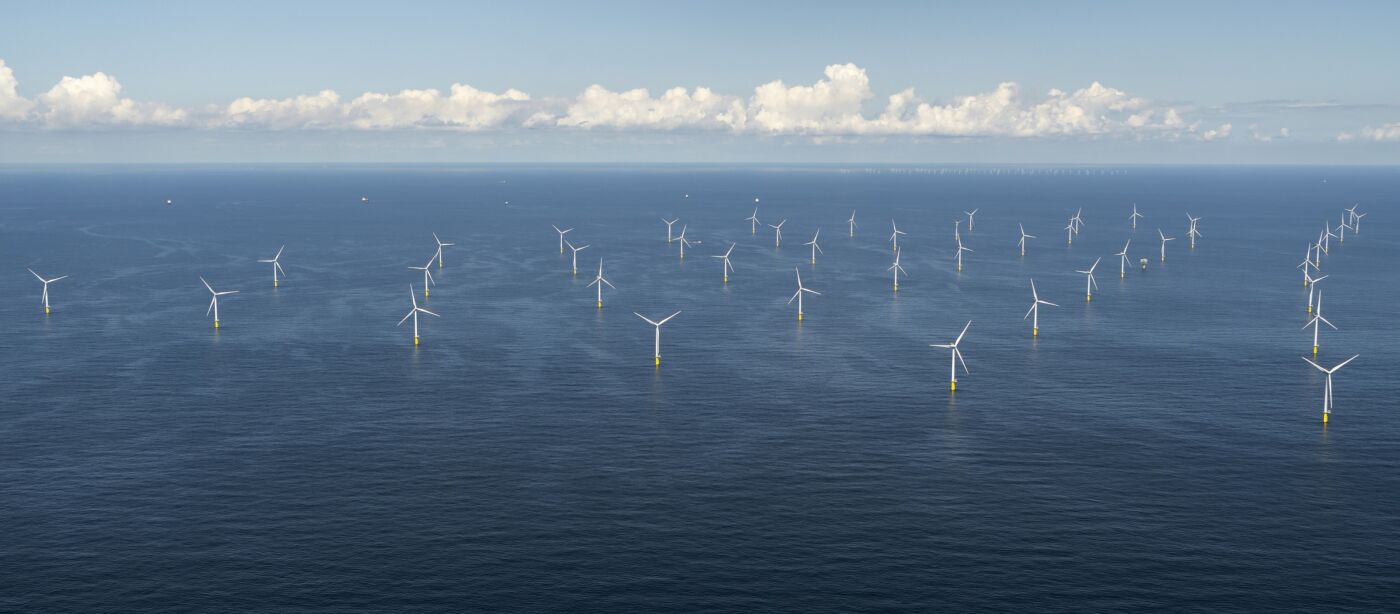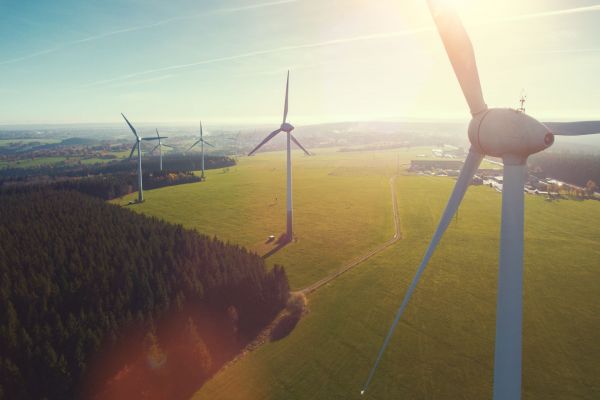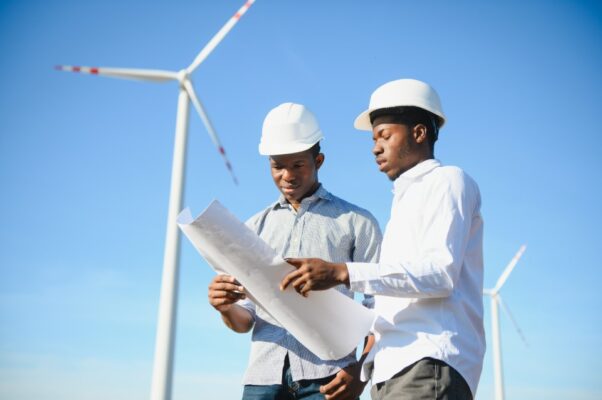Close cooperation between countries sharing a North Sea border has long been an issue. But now, plans for joint wind projects are becoming more and more tangible. At a ministerial meeting of the North Sea Energy Cooperation (NSEC) in July 2020, energy ministers from its member states agreed that the true potential of offshore wind energy can only be unlocked with uniformity and consistency.
The European Green Deal in action
In a joint statement, the NSEC emphasizes that offshore wind is a key driver on the road to climate neutrality. That said, it seems as though much of this potential remains untapped and, by 2050, Europe’s contribution is set to leap ten times greater than today’s 22 GW output. But to achieve this, the necessary facilities will have to be expanded more quickly than in the past. Joint projects on the European stage are key to generating more electricity from renewables and to use offshore wind-generated energy more efficiently. Not only would joint projects cut costs and save on the amount of land used, it would stimulate the European economy through power trading, industrial growth, and the creating of jobs.
Hurdles prohibiting harmony?
As is the case in critical industrial fields, the roll-out of intercontinental wind projects will only become a reality if an appropriate “enabling framework” is put into place. This would include guidelines for international cooperation, energy market regulations, and appropriate financing measures. But sharing the responsibility for wind energy also raises questions about seabed tenure and differences in labor and social policies, among other things. Aside from that, costs and benefits might be balanced unequally between the participating countries. All in all, countries on the North Sea need to improve networking and coordination practices to make European wind energy unification a reality.
Let’s push things forward
In the coming six months/half a year, the NSEC plans to develop concrete concepts for hybrid projects further to continue the expansion of wind energy in the North Sea. This will include improved maritime spatial planning and joint offshore grid planning. In addition, the EC is developing a long-term roadmap about the role that renewable energy generation should play in the offshore sector by 2050. The end goal? For Europe to become the first climate-neutral continent.



